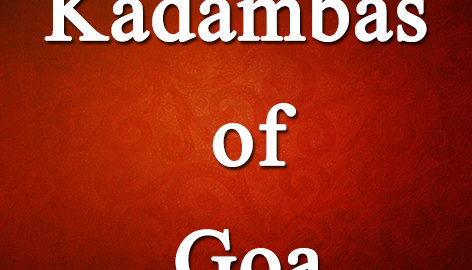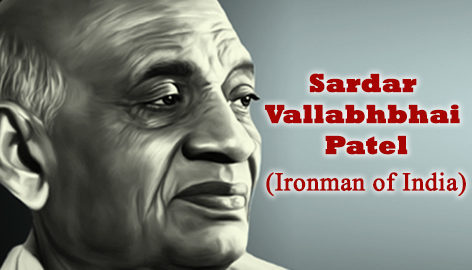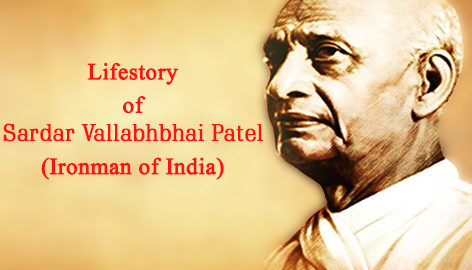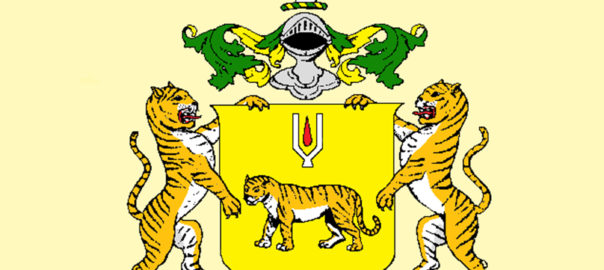

Goa is the smallest Indian state which lies on the south-western coast of India within the region known as the Konkan. Geographically Goa is separated from the Deccan highlands by of the Western Ghats. The beauty of Goa attracted many powerful traders, merchants, seafarers, dynasties, and missionaries as it was one of the major trading centres of India. Although the present-day the state of Goa was established in the year 1987; but before the establishment of Goa; Goa was ruled by many dynasties like the Bhojas, Mauryas, Chalukyas, Rashtrakutas, Shilaharas, Kadambas, Yadavas, Bahamanis, the Vijayanagara and Adil Shahi dynasties. Amongst all these dynasties today we will discuss the Kadambas of Goa.
Continue reading Kadambas of Goa
The Mintage World Team comprises of experts, researchers and writers from the field of Philately, Notaphily and Numismatics who try to shed light on some of the most interesting aspects of coins, banknotes and stamps from not just India but across the globe as well.

In the last two blogs, we discuss how Bengal Sultanate was formed and how it was ruled by different dynasties. Today we will discuss the Ilyas Shah Dynasty and coinage of the Ilyas Shah Dynasty.
Continue reading Coins of Ilyas Shah Dynasty
The Mintage World Team comprises of experts, researchers and writers from the field of Philately, Notaphily and Numismatics who try to shed light on some of the most interesting aspects of coins, banknotes and stamps from not just India but across the globe as well.

“The main task before India today is to consolidate herself into a well-knit and united power”
Born on 31st October 1875 in (Nadiad) Gujarat, Sardar Vallabhbhai Patel was a simple man who took on the hard job of amalgamating over 552 Princely States into one nation, India! Known as the ‘Iron Man’ of India, Sardar Patel lived a simple life and had very good diplomatic skills. Today let’s see how and why Sardar Patel got the epithet of ‘Iron Man’!
Continue reading Unifier of Modern India: Sardar Patel
The Mintage World Team comprises of experts, researchers and writers from the field of Philately, Notaphily and Numismatics who try to shed light on some of the most interesting aspects of coins, banknotes and stamps from not just India but across the globe as well.

“My only desire is that India should be a good producer and no one should be hungry, shedding tears for food in the country”. Once in a generation there comes an intellectual leader and visionary, who aims for the skies while feet firmly on the ground, mind made of diamond and fists made of iron, whose passion and sharp mind sculpted today’s India. This is the Life Story of Sardar Patel narrated with the help of stamps and coins issued by the Government of India. Continue reading Life Story of Sardar Patel
The Mintage World Team comprises of experts, researchers and writers from the field of Philately, Notaphily and Numismatics who try to shed light on some of the most interesting aspects of coins, banknotes and stamps from not just India but across the globe as well.

The Revolt of 1857 ended the East India Company rule and the Queen assumed authority over the India. For the next 90 years the British Government ruled about 60% of India directly and the other 40% indirectly through native princes who followed British policies. During this time India went through many changes that were not just political and administrative but also witnessed changing economy and society.
Following the shifting of power from Company to British Government, a new series of coins were issued. From 1862 till Indian independence in 1947, coins were minted under the direct authority of the Crown. The British Indian coins were minted in Gold, Silver and Copper with different obverse and reverse die varieties which are helpful in their identification. The most peculiar feature of the British coinage is that they issued coins in two systems i.e. Fractional System and Decimal System.
Continue reading Coinage of British India: King George V
The Mintage World Team comprises of experts, researchers and writers from the field of Philately, Notaphily and Numismatics who try to shed light on some of the most interesting aspects of coins, banknotes and stamps from not just India but across the globe as well.

In the earlier blog, we discussed the governors of the Bengal Sultanate appointed by the Delhi Sultans. There were nearly around 25 governors appointed by Delhi Sultanate and six of them successfully issued coins in their name. Today we will discuss the first independent Sultan of Bengal Sultanate, the subsequent dynasties who ruled the Bengal Sultanate and about the coins of Bengal Sultanate. Continue reading Coins of Bengal Sultanate-II
The Mintage World Team comprises of experts, researchers and writers from the field of Philately, Notaphily and Numismatics who try to shed light on some of the most interesting aspects of coins, banknotes and stamps from not just India but across the globe as well.

The word ‘Sultan’ is derived from the Arabic abstract noun which means strength, authority, and power. During the medieval period, this word came into the use with the title of rulers who claimed full sovereignty, or it also refers to the powerful governor of a province within the caliphate. The word ‘Sultanate’ refers to the dynasty and the land ruled by the sultan. India had been a place ruled by many sultanates like Delhi, Bengal, Malwa, Jaunpur, Kashmir, Ahmednagar, Madhura, Gujarat etc; all these ruled India and issued their own coins. Today we will discuss about the coins of Bengal Sultanate. The coins issued by the Bengal Sultanate were lasted for almost 350 years, when it was replaced by rupee. The coins of Bengal Sultanate are unique among all the coinages issued in the Indian subcontinent.
Continue reading Coins of Bengal Sultanate Part 1
The Mintage World Team comprises of experts, researchers and writers from the field of Philately, Notaphily and Numismatics who try to shed light on some of the most interesting aspects of coins, banknotes and stamps from not just India but across the globe as well.

Many scholars and historians mark 600 BCE at the end of the ancient era and the start of the medieval period. This era also witnesses the rise of feudalism in India, which paves the way for the self-sufficient villages, national and international trade. It was also the period when many strong and famous dynasties rose to power and the Rashtrakuta was one such power. The origin of Rashtrakuta is traced to 600 CE, they established their stronghold in Continue reading Rashtrakuta Coinage
The Mintage World Team comprises of experts, researchers and writers from the field of Philately, Notaphily and Numismatics who try to shed light on some of the most interesting aspects of coins, banknotes and stamps from not just India but across the globe as well.

India’s financial evolution is as intriguing as her glorious past! Starting from the ancient Punch Marked Coins to the current facade of the Ashokan Lion capital (National Emblem), Indian currency has undergone great changes in its designs and metals. But interestingly, the terms Rupiya and Paisa, have survived the changing kings and their titles. They have stuck through the ages and led to the official terminology of the modern Indian Currency. In this blog let’s explore the story of the Republic India Coinage!
Continue reading Republic India Coinage: A story in metal
The Mintage World Team comprises of experts, researchers and writers from the field of Philately, Notaphily and Numismatics who try to shed light on some of the most interesting aspects of coins, banknotes and stamps from not just India but across the globe as well.

Prior to Independence, hundreds of Princely State existed in India which was not directly governed by the British, but rather by an Indian ruler under a form of an indirect administrator! British had their own monetary system but at least 125 states produced their own coinage, mainly in the period from 1800 to 1900, though the number of them continued to issue coins until 1947. Today, we will discuss and explore the history of the coinage of Rewa Princely State. Continue reading Coinage Rewa Princely State
The Mintage World Team comprises of experts, researchers and writers from the field of Philately, Notaphily and Numismatics who try to shed light on some of the most interesting aspects of coins, banknotes and stamps from not just India but across the globe as well.